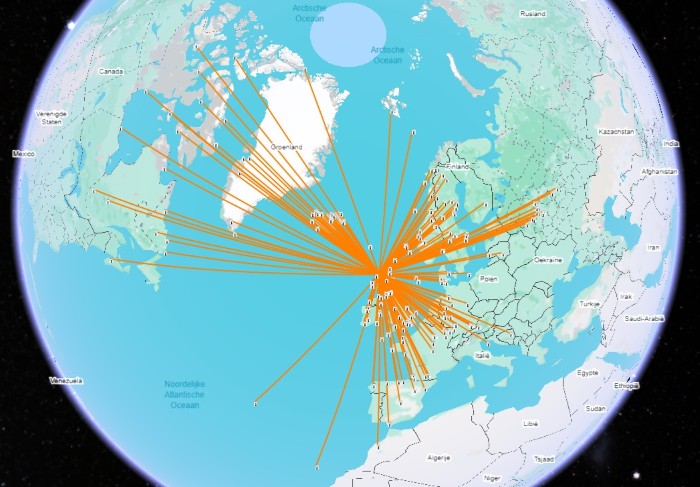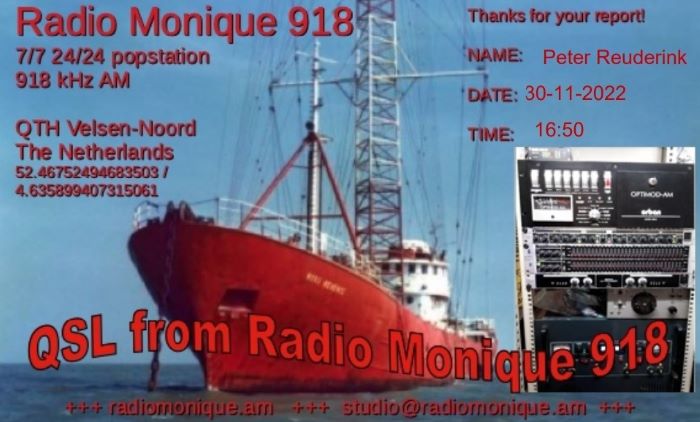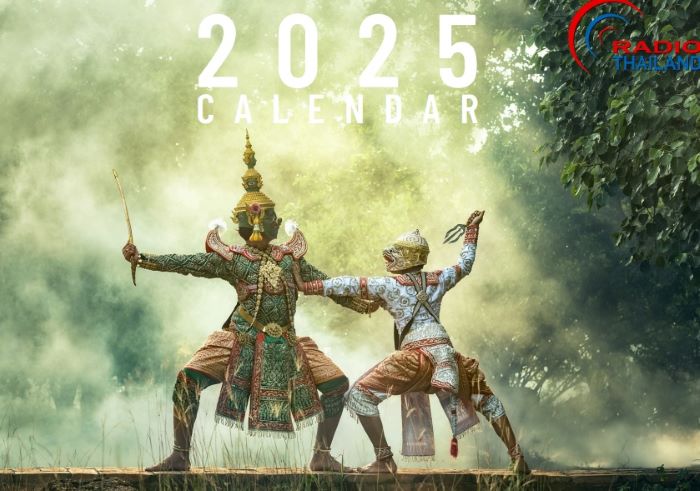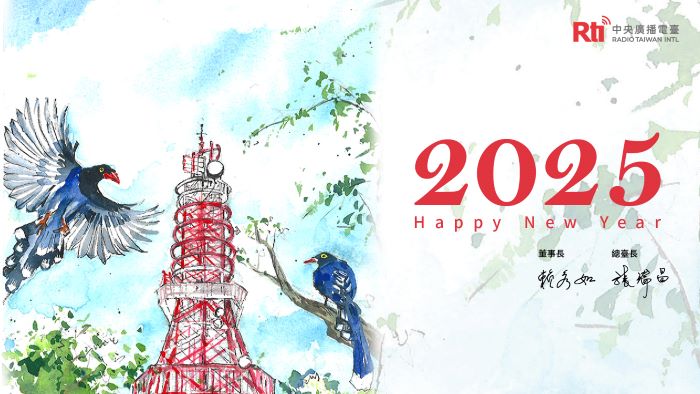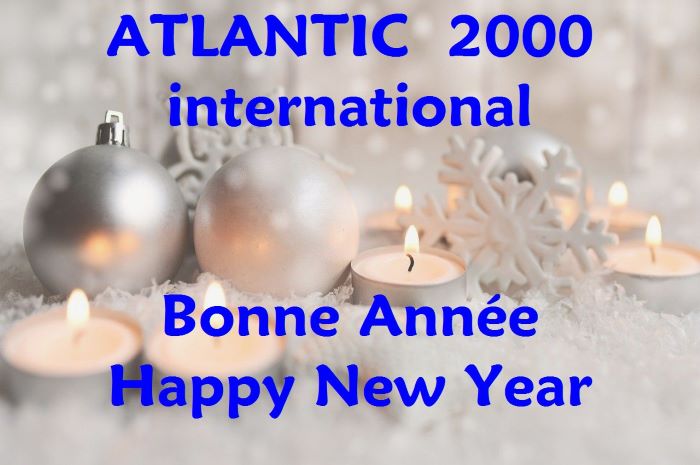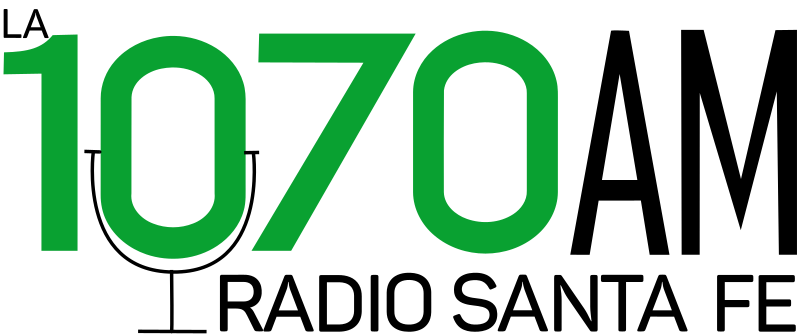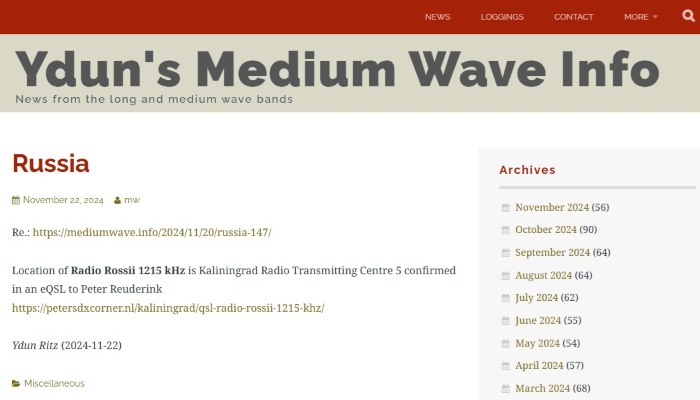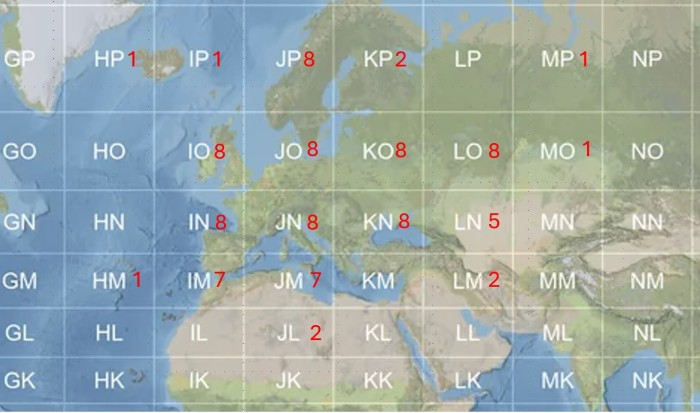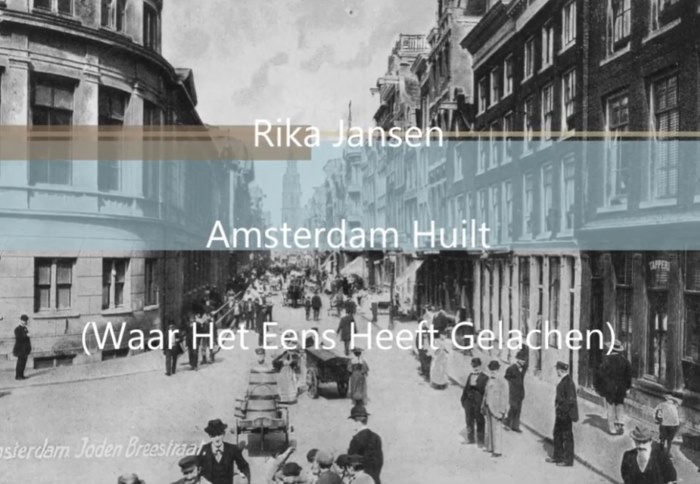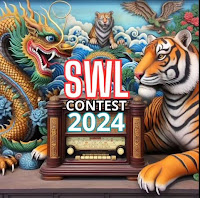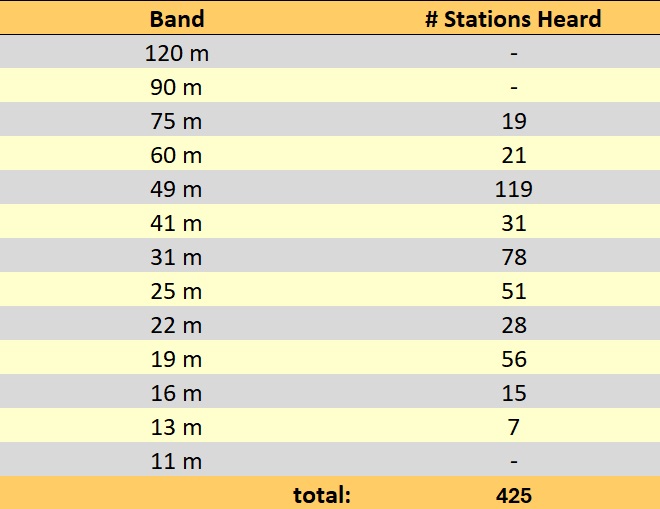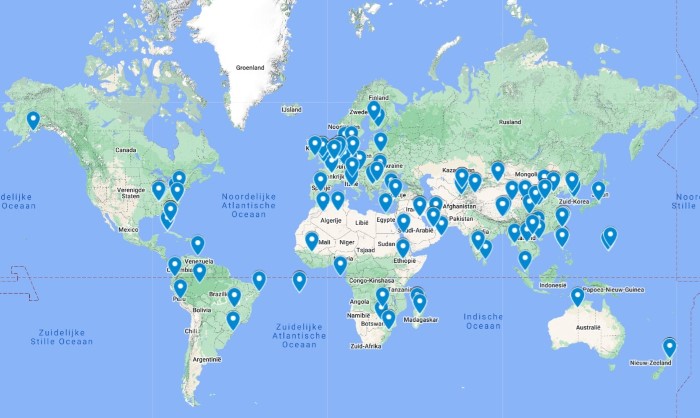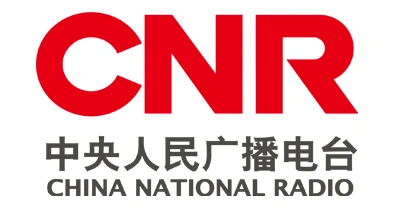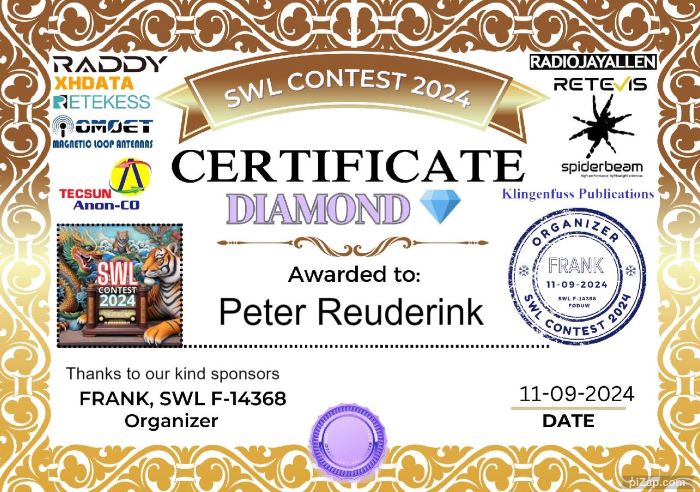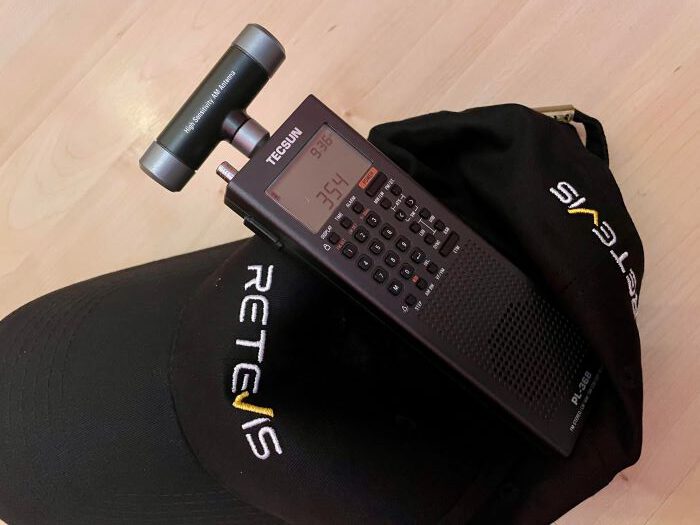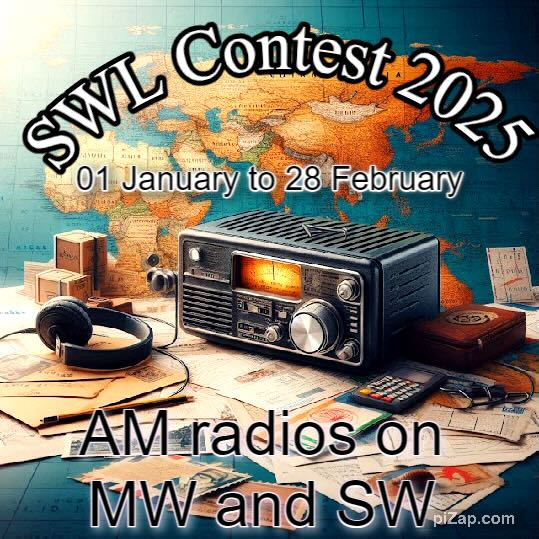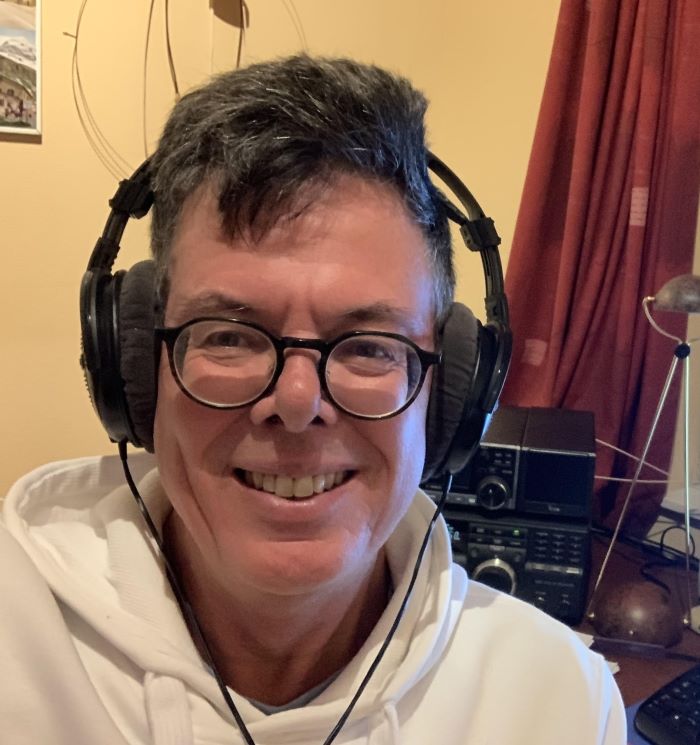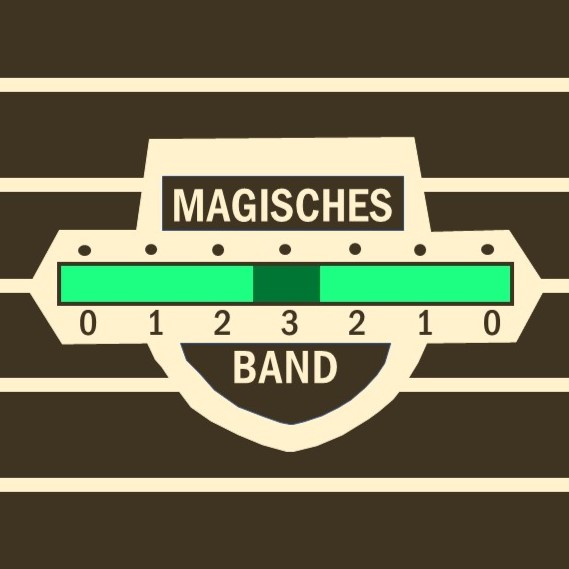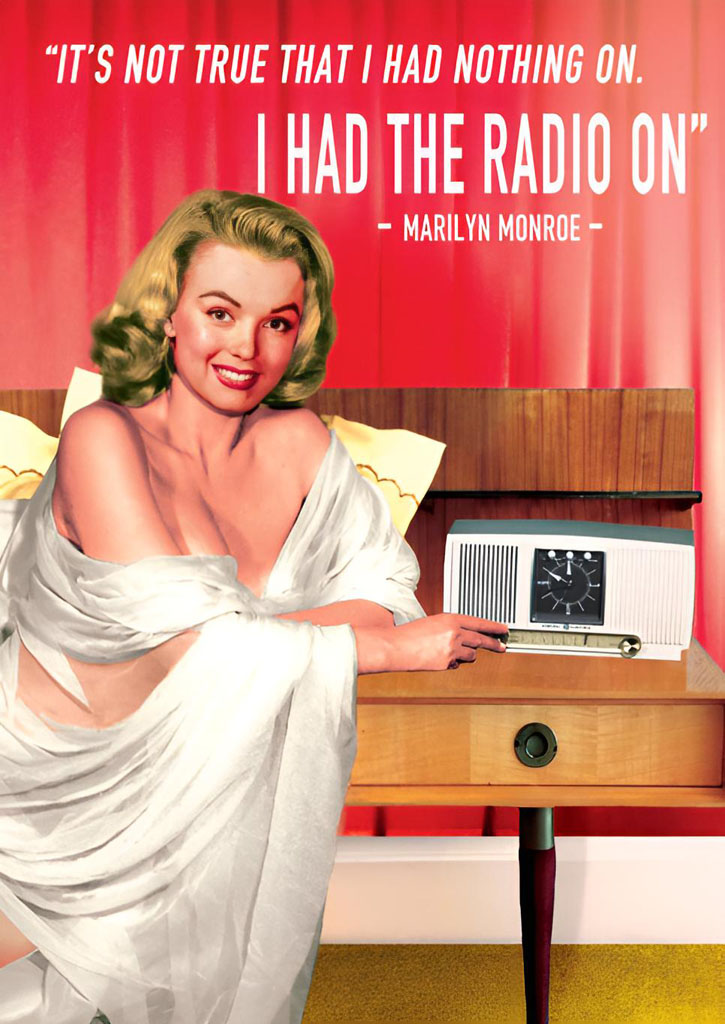Every month the NDBlist group organizes a so-called Coordinated Listening Event. For the Christmas Holiday season they had something special in mind. Between December 25th and January 3rd participants had to build a Size 10 “Pyramid” with a size 10 aerial on top! In order to do that you needed to log beacons from 19 different radio countries of your own choice as follows:
Log just TEN NDBs from any one radio country,
just NINE NDBs from a second,
just EIGHT NDBs from a third,… down to
just TWO NDBs from a ninth radio country.
10 extra loggings from 10 other different countries to make the antenna on top.
So the end result should look like this:
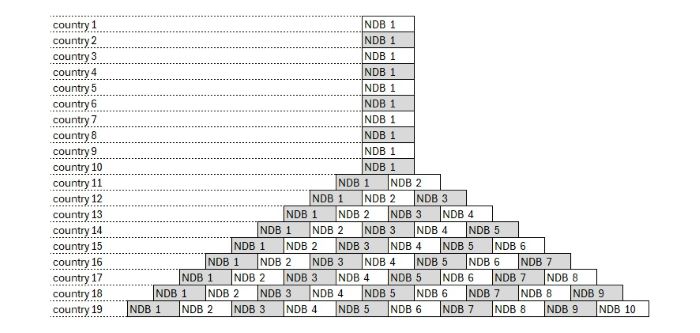
Smaller and bigger pyramids were OK provided that all its levels were filled and the height of the aerial matched the base level. The NDBlist group uses a slightly different country definition than in use by ITU or EDXC: the UK is split up in ENG, SCT, WLS, NIR. Remote islands like Shetland or Svalbard, offshore and the Canadian provinces and US states count as individual countries.
Now we had planned to spend the week after Christmas on a farm lodge on the island of Ameland. While the lodge was in a nice rural location I knew I had no opportunities to install a proper outdoor antenna. That’s why I decided to use the BDMR Kiwi of the Medium Wave Circle in Clashmore (IO78hf) for this event. The Kiwi switches between two beverages: between 1350-1950 UTC: 420m at 46° (Asia); 1950-1350 UTC: 920m at 305° (North America)
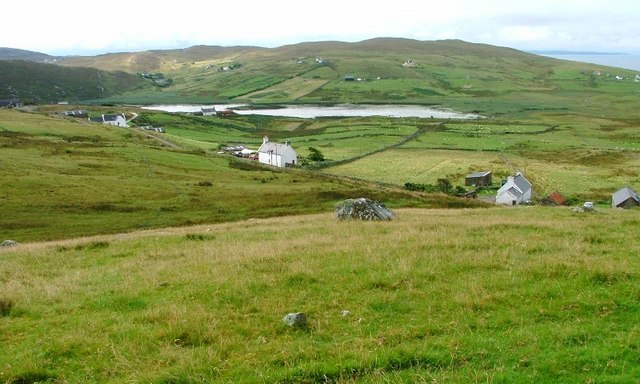
At home I make SDR recordings to be processed by Pskov software to cut through the noise. Using the BDMR Kiwi meant that I had to listen by ear again, which is the nicer “old school” way of listening to beacons. The additional advantage was that I could just sit in the living room with my laptop scanning the band, while the rest of the family was watching TV or reading a book as outdoor activities were a bit compromised given an 8-10 Beaufort storm hitting the Island.
Below you can find my logbook:
December 27th-28th: broad band scan
As most family members will two days later I have some time to scan the band between 250-450 kHz. The result is 164 NDBs, from 31 countries. And it becomes clear how this challenge will unfold itself. Nearby countries with lots of active beacons like SWE, ISL, NOR, ENG, SCT, FRA, DEU easily deliver more than 10 logs. And I have plenty of countries with 1 to 4 beacons. But the midfield is underpopulated: I have no countries with 6,7,9 or 10 beacons. Without those I have to “downgrade” a few countries resulting in a Size 13 Pyramid. That is already above the target of 10, which is good, but I want to see how far i can push it. It is time to focus on what I need rather than just logging what I hear.
December 29th: midfield focus and Russia
So the challenge for the next days is now to raise the number of logs in my bottom half countries. But many of those are islands that simply don’t have more than 1 or 2 beacons. And with 4 logs I have logged all that CAN-Newfoundland can offer. So it is clear that I need to elevate my results for POL(1), DNK (1), CAN-Nunavut (4), ESP (4), GRL (5), numbers in brackets being the logging count after the first two days. And where are the Balkan countries?
But there is some low hanging fruit I didn’t pick yet as I didn’t scan above 450 kHz: Russia. So I put some effort in scanning Russian frequencies. In less than two hours I log 12 signals, securing a Size 14 Pyramid. I try to do the same for UKR, but without success.
Improved conditions to the Gulf of Biscaye late afternoon help to increase ESP to 9. Good for a Size 15 Pyramid. Can’t get POL further than 3. CZE remains stuck at 2. And while Sweden is booming in, the Danes (DNK) remain silent. Funny thing is that I also don’t hear much signals from nearby northern Germany either, while signals from Bavaria in the south are an easy catch. Long wave propagation sometimes behaves in mysterious ways.
December 30th: going offshore
I forgot that off shore counts as a country as well! Throughout the day I scan the various frequencies searching for oil platforms like Ekofisk or Statoil. Including the less often heard 375-SNR Snorre it is good for 7 logs. Size .
Tried DNK, AUT, CZE, Balkan again… nothing. And from GRL I hear only 4 of the 5 I already received, so I call it a day.
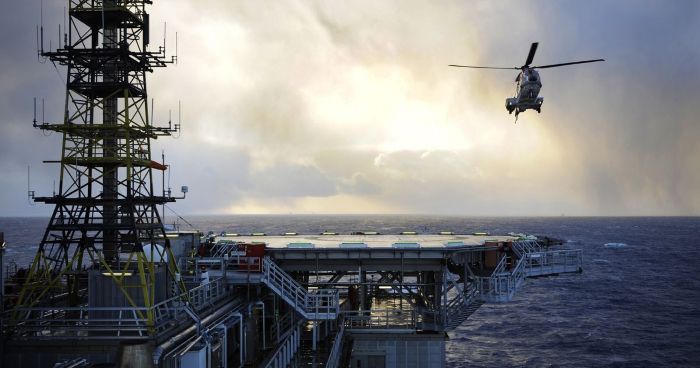
December 31st: doubts, Denmark and Nunavut
Bad news… just read that a new CME (solar storm) will reach earth the coming night which will most likely ruin propagation. More bad news… I start to doubt my reception of 336-AA from GRL as it hasn’t been reported for a year in REU. And unlike the other 4 GRL beacons I haven’t been able to receive it a second time. Revisiting the frequency it looks like the mix of RS and LT sometimes produces something that easily can be mistaken for AA… if I discard AA it sets me back to BASE 15. Why didn’t I make a recording to double check???
Good news in the early evening run: finally some success with the Danes as I picked up 5 signals moving DNK to 7 in total! Size 17 Pyramid is in the pocket, if my AA log is valid.
One hour left in 2024. Everyone has had enough beer and “oliebollen”, the elderly family members have given up and already went to bed, the rest is watching the final songs of the Top 2000. I decide to go for a quick check: and yes there it is: 336-AA… clearly audible, and yes I did make a recording this time, just for ease of mind.
With no other beacons from GRL audible other than the ones I already heard I browse through CAN-NU frequencies. Standing on par with CAN-NL at 4 logs it would be nice if I could raise this one to the 6 I’m still missing. And I hit the jackpot: within 20 minutes I had 6 Nunavut stations added to the list: Size 18 Pyramid in the pocket. The most And I heard my first CAN-ON signal: 334-YER. The final log for 2024. Time for champagne and New Year celebrations!
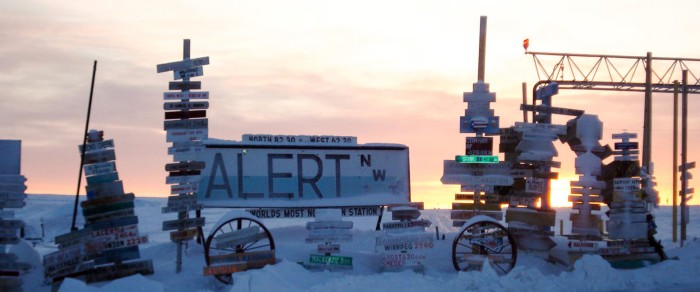
January 1st: Pyramiden
Can I move it to BASE 19 Pyramid? I have 3 countries that I can add to the antenna, that’s not the problem. But I need a new country at at least 6, and even then I have to move 4 other countries up the list as well. That’s only going to happen if I can get something from the Balkan. But the powerful Beverage antennas of the BDMR put me at a disadvantage here, as this really is their blind spot. So no luck.
I try the Arctic once more… and to my surprise I receive 295-EN from Svalbard. It hasn’t been reported by any of the group members for more than 3 years! This is a navigational beacon for the Russian coalmine Artikugol at Barentsburg. They used to operate from another town nearby as well, called Pyramiden !!! For me the perfect final of a fantastic Pyramide building event!
End results
What you can hear pretty much depends on your location. Aside from noise levels the number of countries and active beacons play a role. The members in the US and Canada are a bit at a disadvantage with the best of them reaching a 14 size pyramid. In Europe 4 participants went over 20! With 30 being the tallest pyramid consisting of 494 NDBs from 59 different radio countries!
